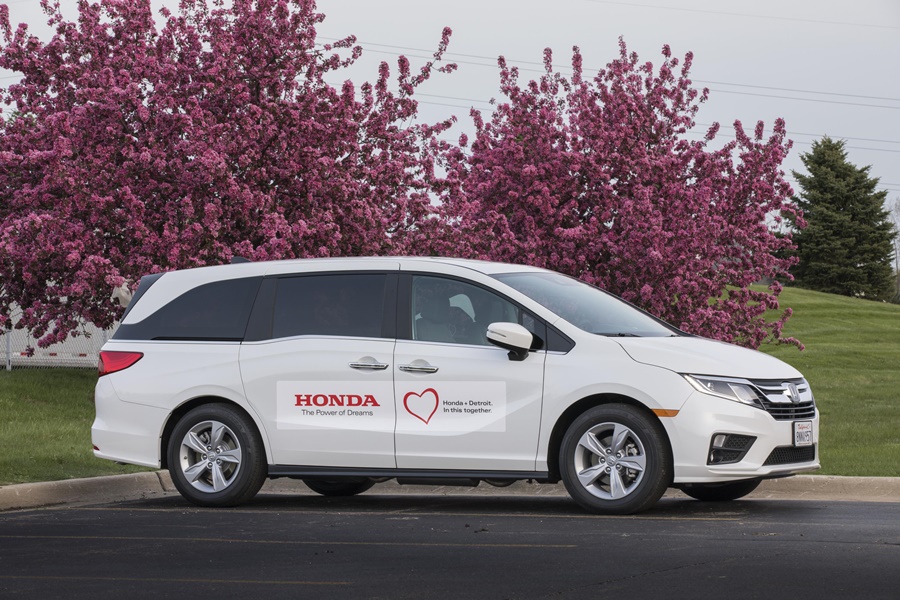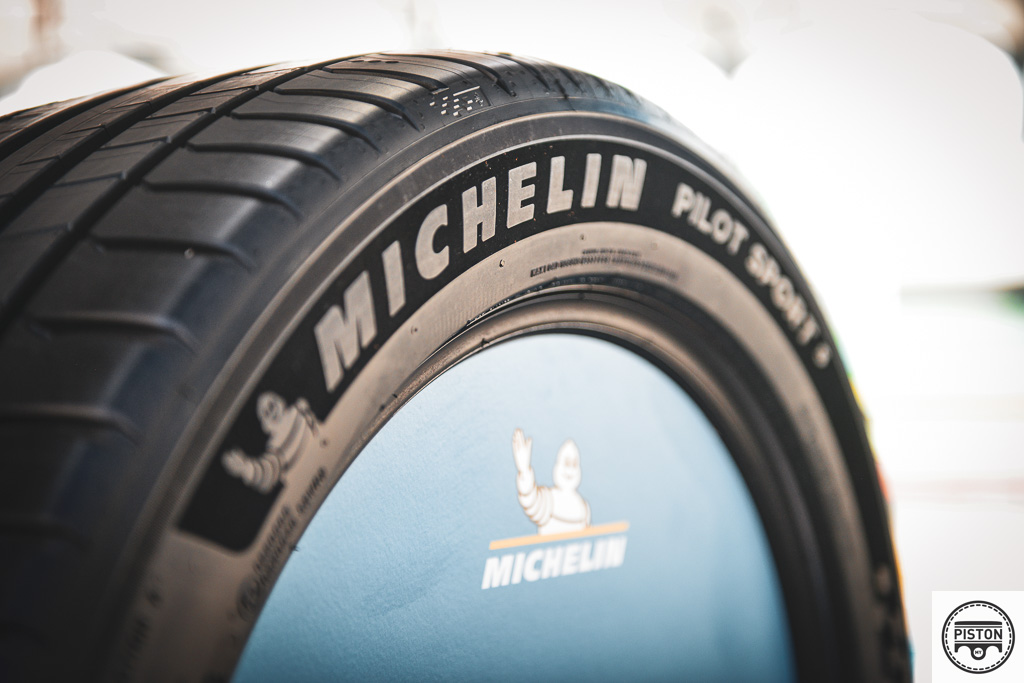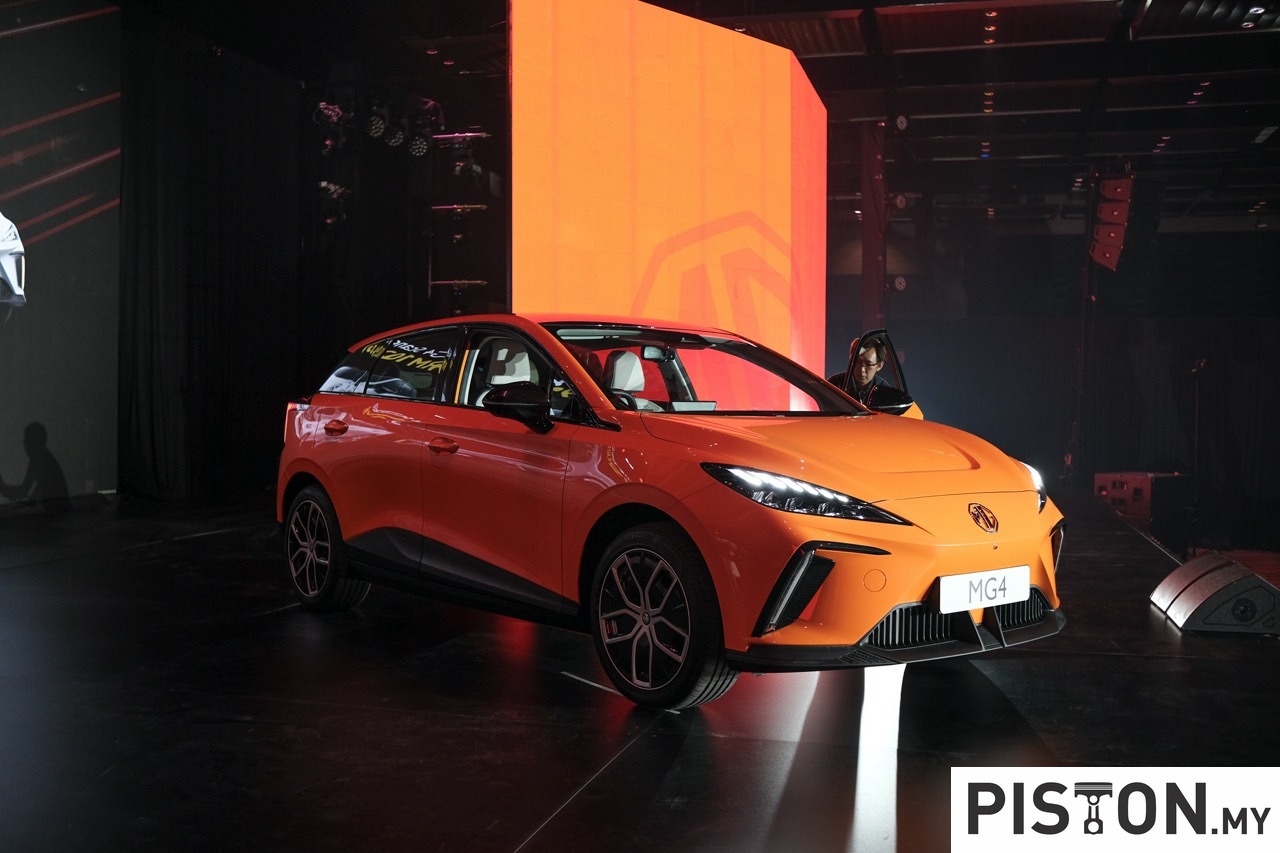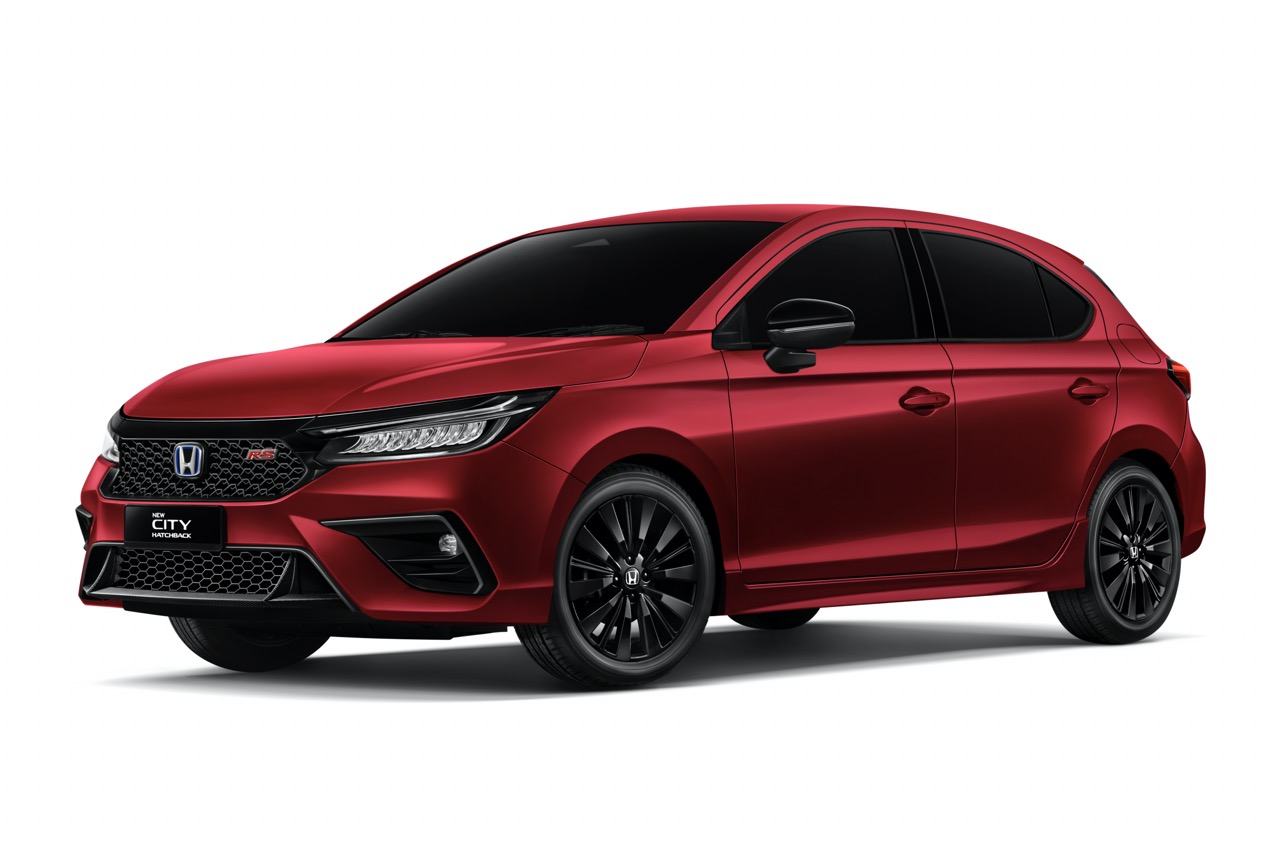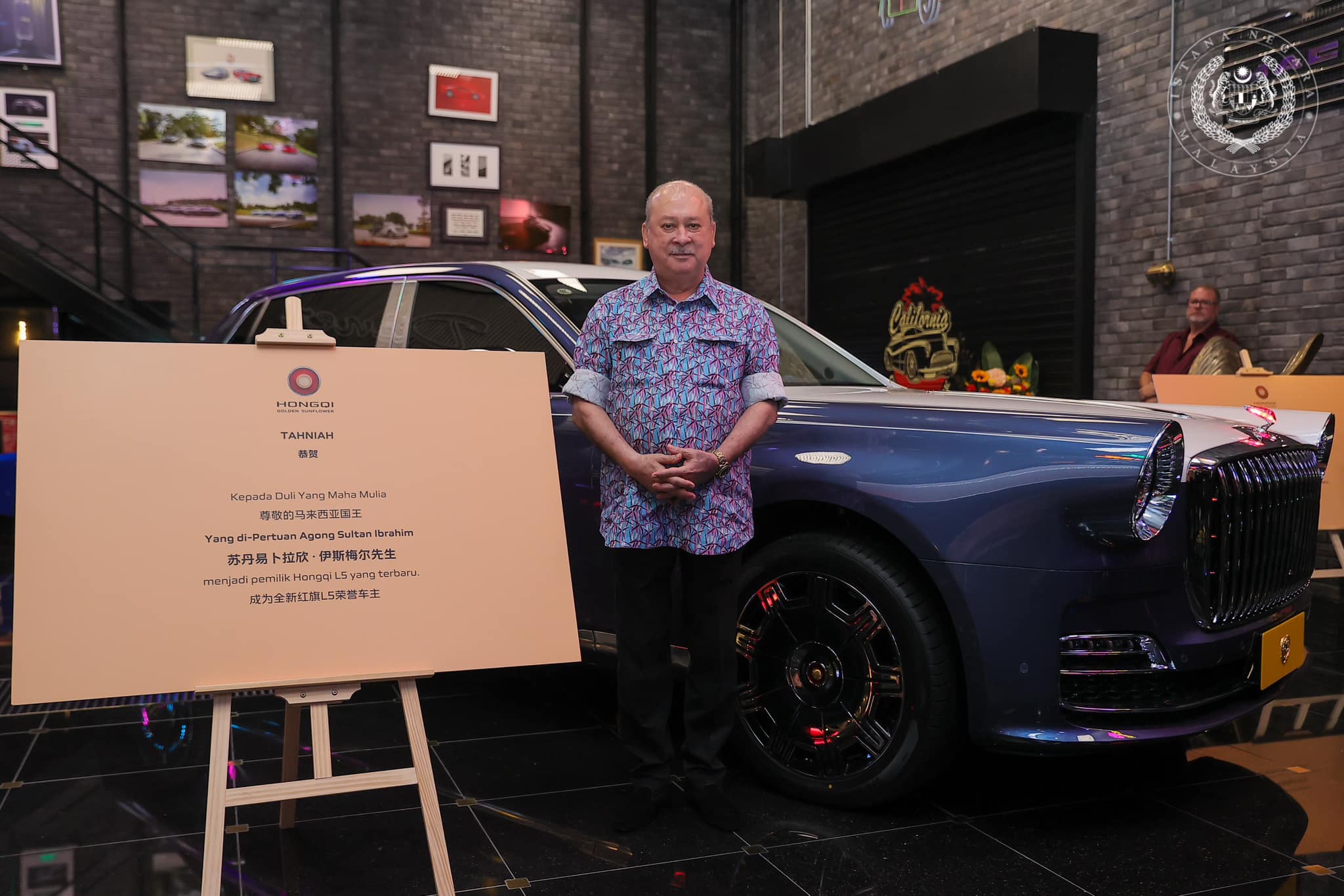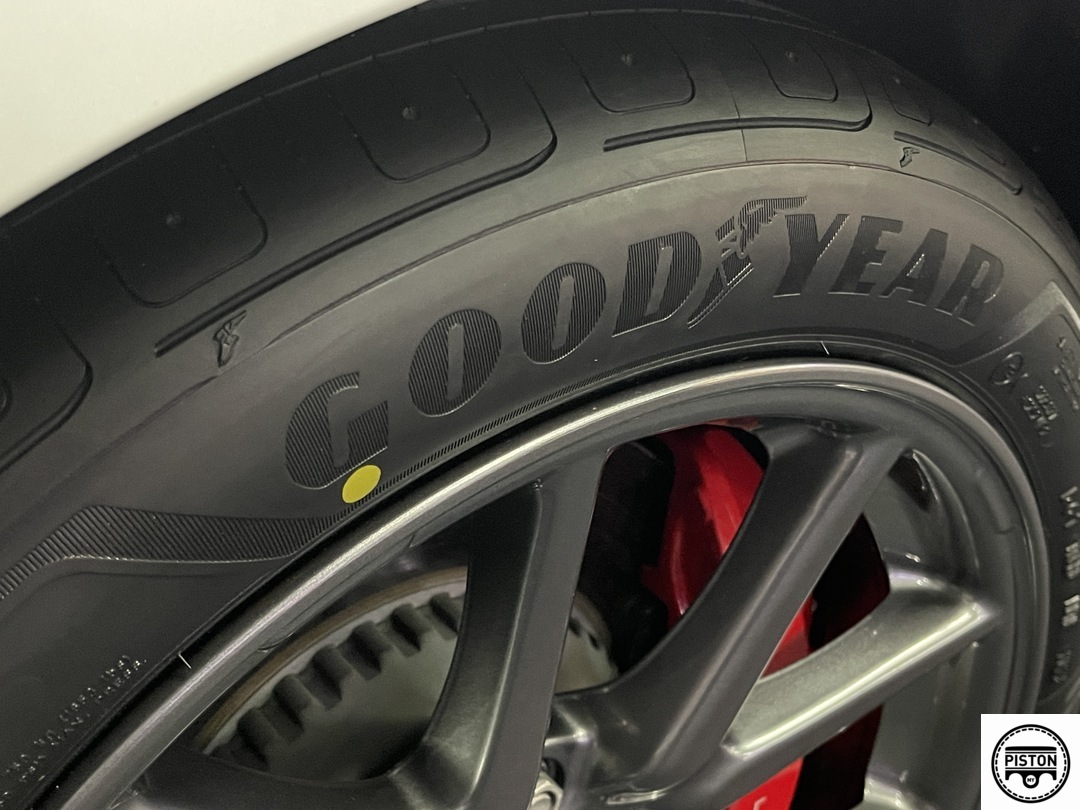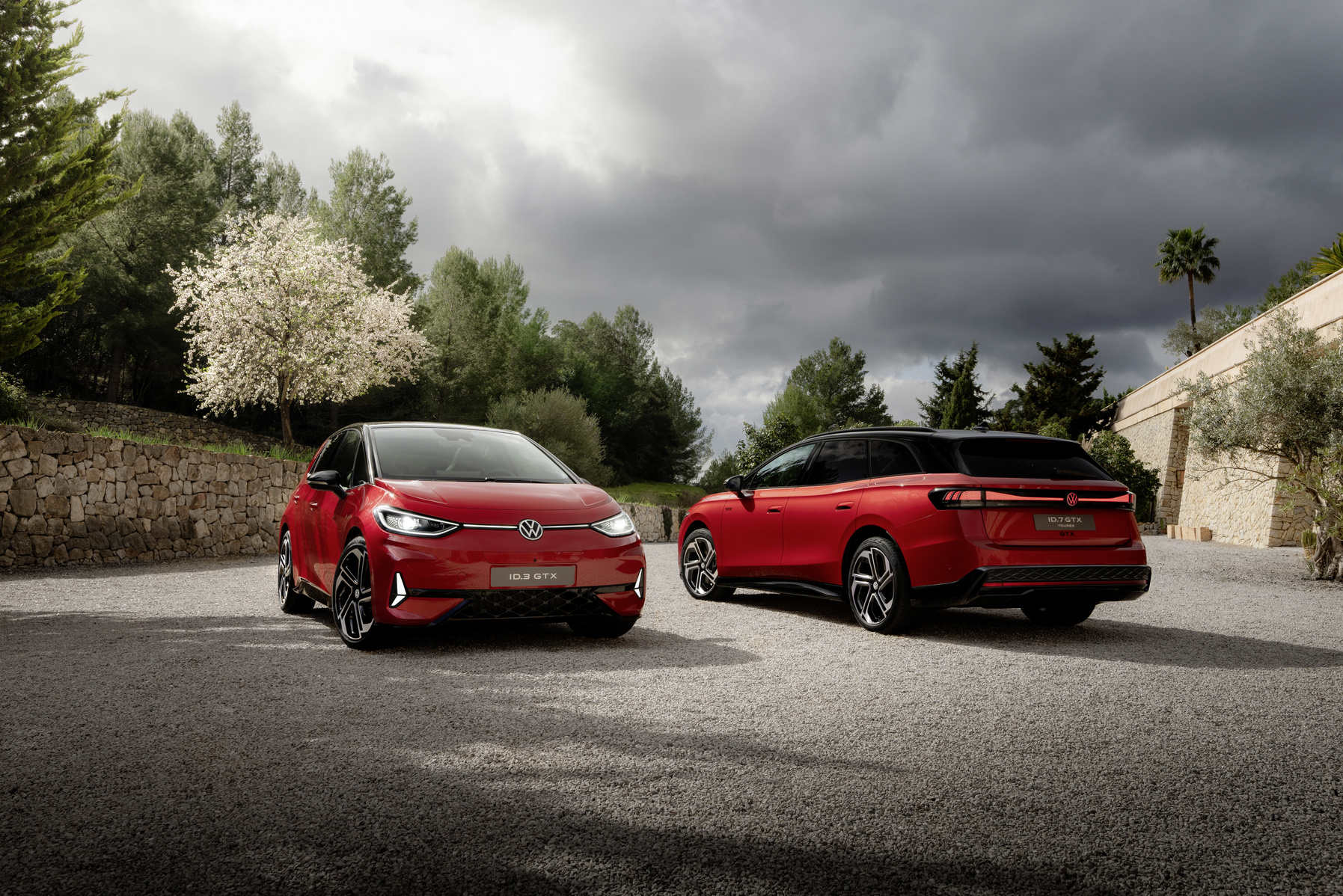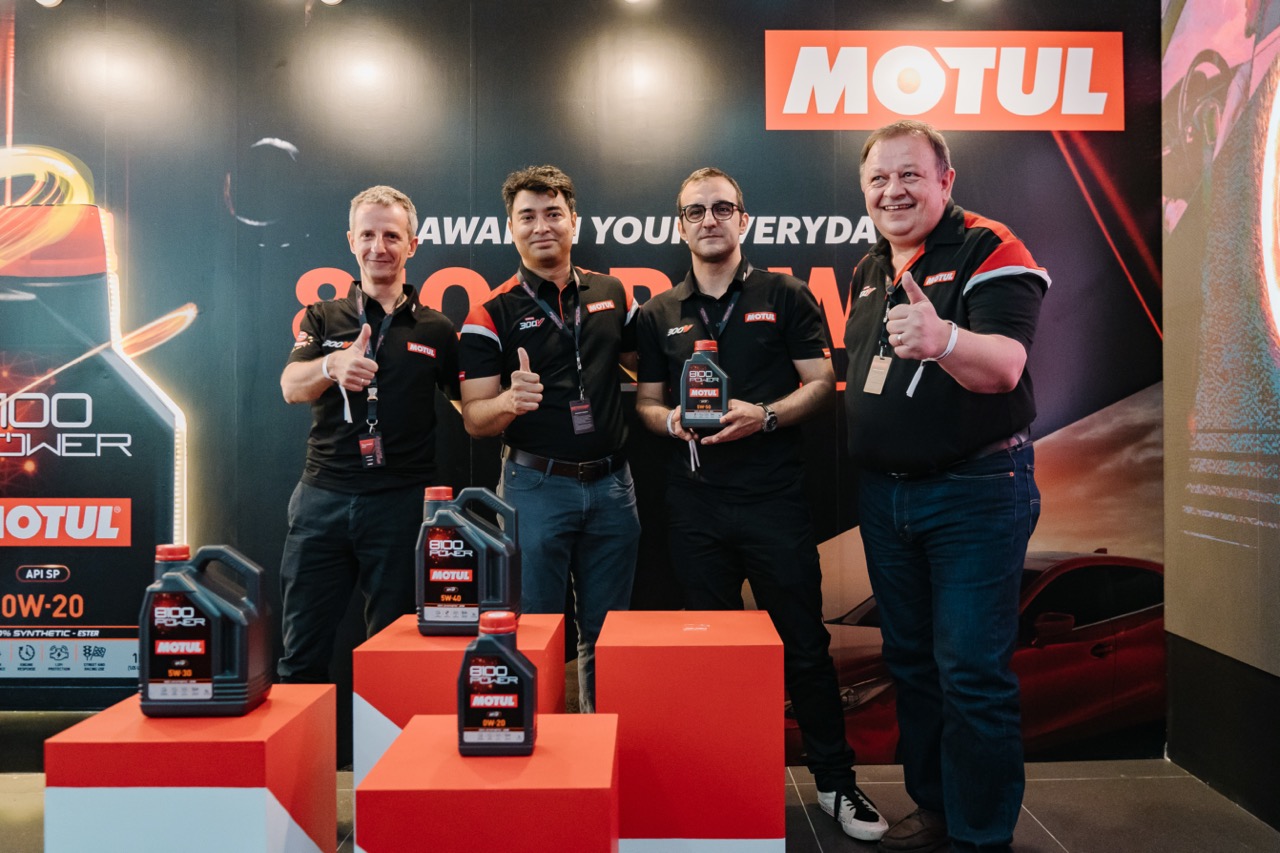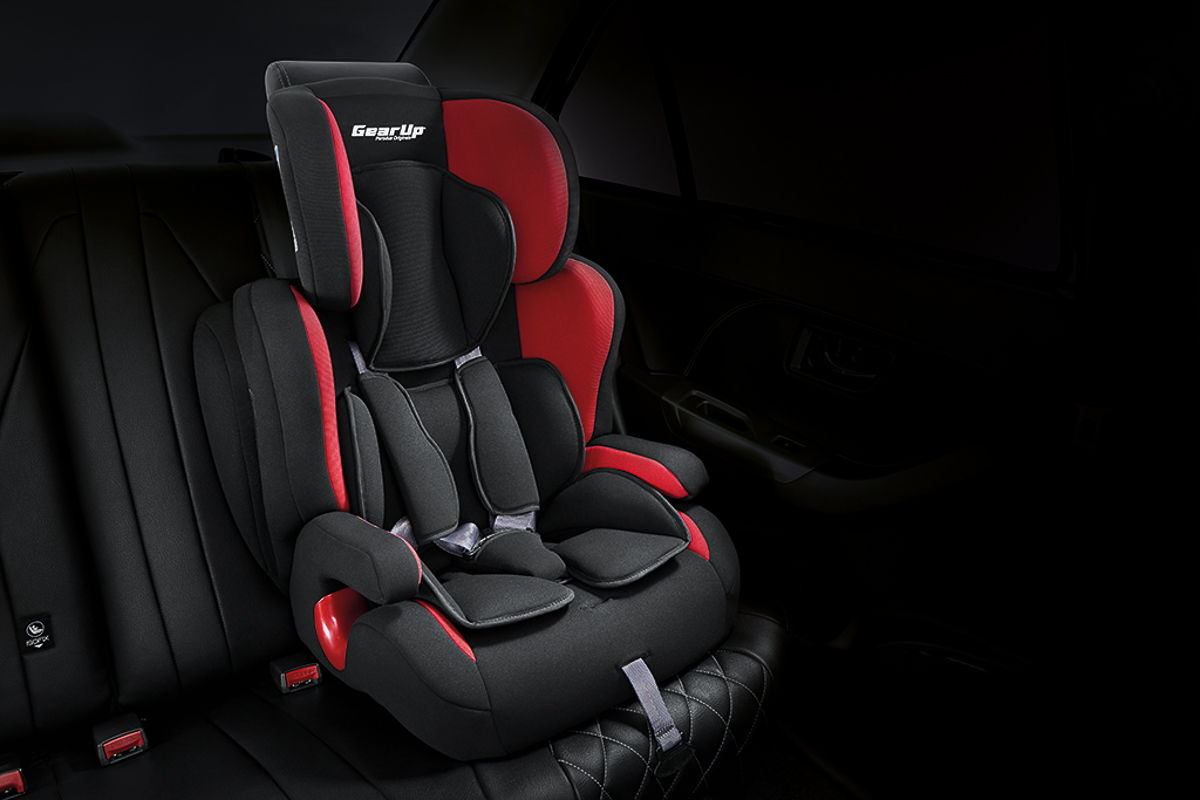The war against the COVID-19 coronavirus is a global one as 196 out of 197 countries have cases. Besides government efforts, individuals, various types of organisations and companies are also contributing in various ways. Where the auto industry is concerned, R&D capabilities and mass production facilities have been used to make much-needed Personal Protection Equipment.
Some carmakers have also looked at how they can make their vehicles safer for healthcare workers to travel in. Unlike making conventional ambulances which would usually transport patients without infections, the ones used to transport people potentially infected with COVID-19 must be designed to protect the healthcare workers and also the driver and other crew.
In America, Honda has made modifications and installed additional items in 10 units of the Odyssey MPV for use by the City of Detroit. To protect the health of the driver from the potential for droplet infection during transportation, the MPVs have been fitted with a plastic barrier installed behind the front seating area. Modifications have been made to the ventilation system to maintain an air pressure differential between the front and rear seating areas.
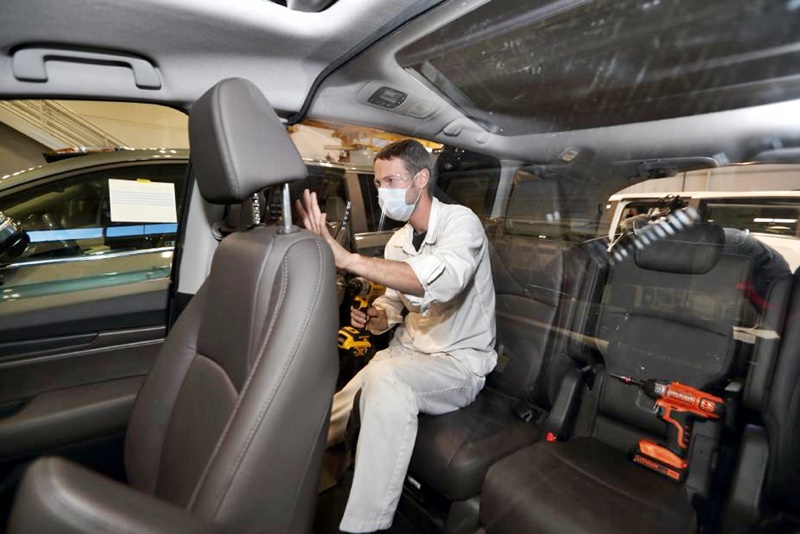
The MPVs were configured by a team of volunteers at Honda’s R&D centre in the state of Ohio. Senior engineers and fabrication experts quickly conceived and designed a method to modify the Odyssey at the company’s vehicle development centre where it was originally developed. They took less than two weeks from initial concept to completion.
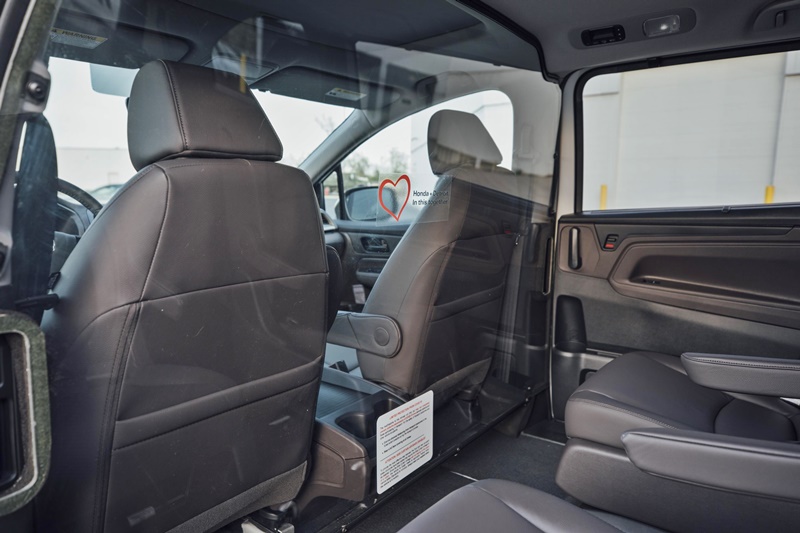
All material fabrication and installation, and adjustments to the software for the Odyssey’s ventilation system, was done entirely in-house. The software controlling the ventilation system was tuned to assure the air pressure to create an environment inside the cabin like the negative pressure rooms in medical and research facilities.
Specifically, the software has been tuned to run the blower motor powering the fans in the front seating area faster than the fans for the rear seating area. The resulting air pressure differential creates a more negative pressure chamber in the rear seating area, with rear compartment air exhausted out the vents in the rear of the vehicle. This would greatly reduce the potential for droplet infection migration during transportation.
War on COVID-19: Mercedes-Benz converts bus specially for transporting patients


